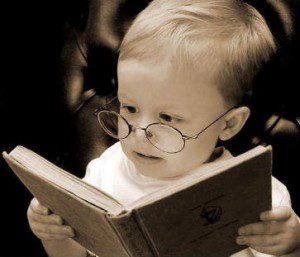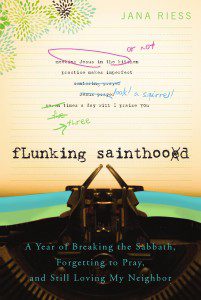Last month, the Cincinnati library system (which is outstanding, in case you’re not lucky enough to live here) chose One Thousand White Women as the book for the city to read. By happenstance, one of my book clubs chose it too.
I was excited to read it because the premise was so promising. This from Booklist:
An American western with a most unusual twist, this is an imaginative fictional account of the participation of May Dodd and others in the controversial “Brides for Indians” program, a clandestine U.S. government-sponsored program intended to instruct “savages” in the ways of civilization and to assimilate the Indians into white culture through the offspring of these unions. May’s personal journals, loaded with humor and intelligent reflection, describe the adventures of some very colorful white brides (including one black one), their marriages to Cheyenne warriors, and the natural abundance of life on the prairie before the final press of the white man’s civilization.
Unfortunately, although it’s well-researched as history, the novel doesn’t succeed as good fiction, and it’s difficult to figure out why it is so highly recommended. Many of the characters are straight out of central casting–the boozy and once-genteel Southern lady, the feisty and red-headed Irish lasses, the über-strong German woman with a heart of gold. (Well, I guess she could have been a German prostitute with a heart of gold. So this is one step above that stereotype.)
Worst of all are the novel’s two religious characters. Episcopal missionary Narcissa Whitman lives up to her first name in that she is entirely self-centered; she embodies her surname by proclaiming racial superiority at every turn. She is also frigid and sexually repressed. But sexual repression wouldn’t do for the novel’s male clergy character, not at all. HE has to be a pedophile. Nothing stereotypical there, of course; it’s pure coincidence that the novel’s sole pedophile just happens to be a priest.
For my dissertation research, I read the diaries and letters of a number of Protestant missionaries to the American West in the last quarter of the nineteenth century. Most of these were women, but there were some men in there too, like the intrepid Sheldon Jackson. So I feel I’m standing on firm historical ground when I say that in all that reading, I did not encounter any actual missionaries who even superficially resemble the caricatures that journalist-turned-novelist Jim Fergus has dreamed up.
The plot is the standard cultural-exchange story by which a people who deem themselves superior are changed when they form close bonds with people they had formerly misunderstood or excoriated. Although there are some deeply moving scenes (the character of Sarah and the aftermath of the rape sequence, for example) there are just too many predictable elements. For instance, when the group of brides goes west, the one African American among them just happens to be married off to the one African American man who has been raised among the Cheyenne. And the Irish twin sisters are married off to . . . wait for it . . . Cheyenne twins brothers!
This book could be a great discussion starter about American history, which may be why it is has become so popular among book clubs for more than a decade. Its literary flaws make it poor reading, however. Fans of the conjectural novel–in which a single element of history is changed to create an alternate timeline in which everything we think we know about history is up for grabs–would be better off with great works like Philip Roth’s The Plot Against America or Michael Chabon’s The Yiddish Policemen’s Union. Even Scott Westerfeld’s YA WWI series Leviathan is far better than this.

